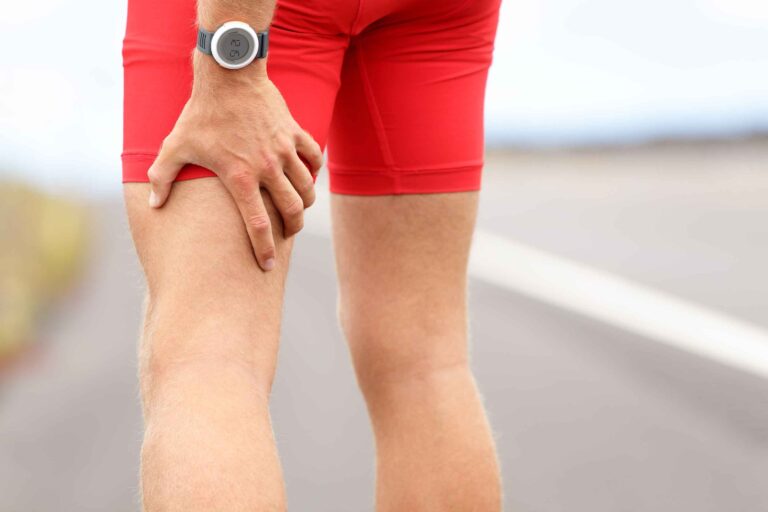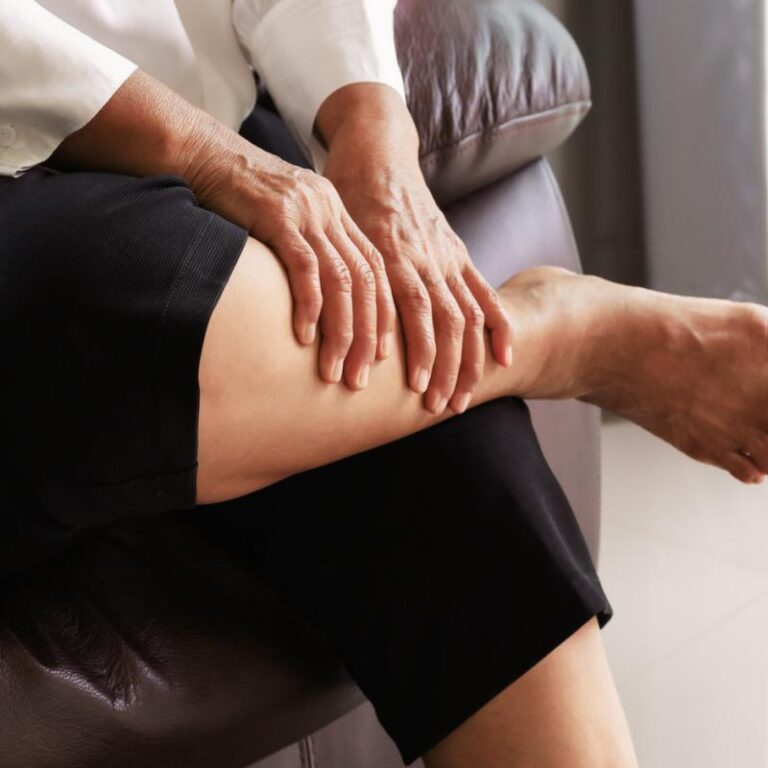Even though varicose can develop everywhere in the body, they are most frequently observed in the lower legs. Between 20–30% of the adult population as a whole and even more so the elderly people are affected by these huge bulging veins. While many cases of varicose veins are purely ornamental, some can be unpleasant and, if left untreated, can result in leg swelling, bleeding, blood clots, severe skin changes, and chronic sores.

HOW COME VARICOSE VEINS ARISE?
Before we go into treatment methods, it is vital to understand why varicose veins develop in the first place. The primary purpose of the veins in your legs is to transport blood from the feet to the heart in a one-way motion. This is dependent on the function of vein valves and particularly well-coordinated muscle contractions. Blood flows against gravity while you walk because of muscular contractions, but tissue valves in your veins open and close sequentially to prevent the blood from going the other way. These valves stay closed when at rest. Backward blood flow or reflux can be caused by any disorder that interferes with the coordinated effort of muscle contraction and valve closure. The primary cause of varicose veins in humans is reflux within the superficial veins. The most frequent factors linked to venous reflux and varicose veins include family history, advanced age, female sex, obesity, and work. Patients with the aforementioned diseases eventually develop weak venous walls and valves, which results in reflux and vein enlargement. Veins beneath the skin’s surface that are swollen, twisted, and elevated are called varicose veins.
IN WHAT WAYS ARE VARICOSE VEINS MANAGED?
Reducing discomfort and avoiding complications are the two main objectives of varicose vein treatment.
1. Home healthcare
Your symptoms may only require home therapy to be relieved and to prevent the varicose veins from getting worse. One can :
- Put on some compression socks.
- Prop up (elevate) your legs.
- Limit your standing or sitting time.
- Take a lot of walks.
2. Sclerotherapy
In order to scar the interior lining of a varicose vein and cause it to shut, a chemical is injected into the vein. Little veins typically respond to this the best. These procedures can change the color of the skin and leave scars.
3. Laser therapy
Varicose veins can be treated using laser energy. Ablation is the term for this. In tiny veins close to the skin, such as spider veins, straightforward laser therapy is applied. The laser is applied externally to your skin.
Endovenous laser therapy utilizes an intravenous laser fiber. Following laser ablation inside the vein, it shuts.
4. Phlebectomy
The varicose vein is removed through a series of very small skin incisions. It is also known as stab avulsion.
5. Ligation and stripping
Above the varicose vein, cuts (incisions) are made, and the vein is removed after being tied up or stripped.
6. Radiofrequency therapy
Within a vein, radiofrequency energy is utilized to scar and seal it off. Large varicose veins in the leg may be sealed off with this technique.

CONCERNS WITH TREATMENT
Therapy may be required to address problems, get rid of the harmed veins, or fix whatever is producing the varicose veins. Your treatment options are based on the size of your varicose veins.
Sclerotherapy or laser therapy on your skin is typically used to treat smaller varicose veins and spider veins.
Bigger varicose veins are typically treated with radiofrequency, laser, or ligation and stripping. Sometimes a mix of therapies is most effective.
Don’t put up with the discomfort, embarrassment, and potential future issues associated with your varicose veins any longer. Specialty Care Clinics specialize in the treatment of damaged veins and use cutting-edge techniques to return you back to carefree participation. Make your appointment today at (469) 545-9983.
